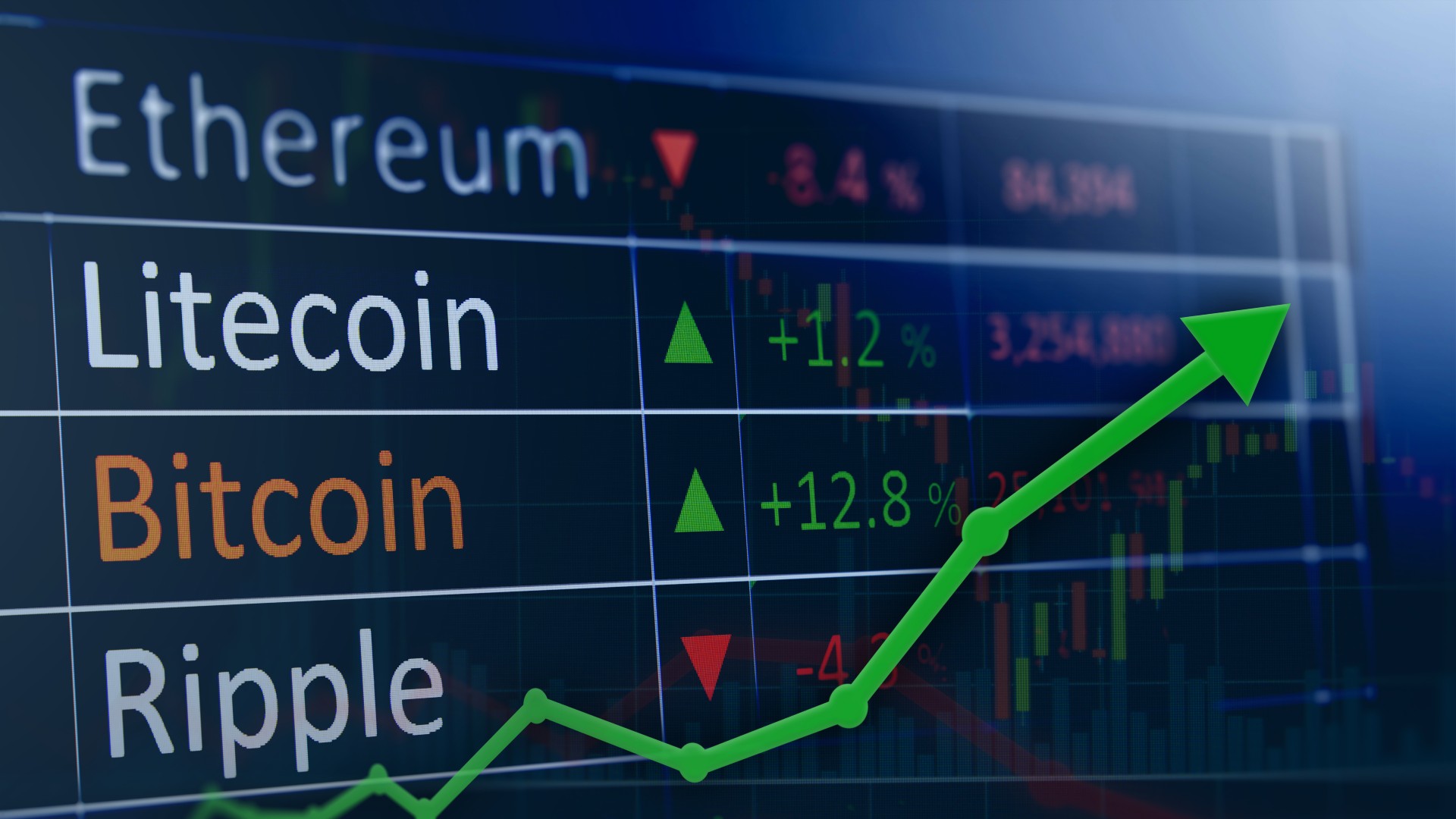The Road to Cryptocurrency, Instalment # 6: The New Supermoney?
Published 20 August 2021
By Dr Peter J Phillips, Associate Professor (Finance & Banking) University of Southern Queensland


"What’s to stop the “printing” of more cryptocurrency?"
What determines the price of a unit of cryptocurrency? Is this price too volatile? The interesting thing about financial markets is, despite the apparent complexity, the answer to the first question, whether it relates to shares, bonds, options, futures, or crypto, is always simple and clear: “supply and demand”. If there is more demand than supply, the price will go up. And vice versa. The complications come once we ask the follow up question: what factors shape supply and demand?
Let’s start with supply. As we have said before, a core philosophical idea embraced by cryptocurrency enthusiasts—not avid traders, necessarily, but those who really believe that cryptocurrencies will replace fiat currencies—is that governments and their central banks find the impulse to print more and more money irresistible. What’s to stop the “printing” of more cryptocurrency?
The answer lies in the limits that are embedded within the source codes for each cryptocurrency. Bitcoin, for instance, has a limit of 21,000,000 coins. The current supply of bitcoin has reached around 19,000,000 coins. If cryptocurrency exists as a series of entries in a list or register, then the list has a size limit embedded within the software that was used to create it. The new bitcoins, up to the limit of 21 million, come from “mining”. Mining is the costly process of squaring the blockchain ledger (authenticating the list or registry). While this process needs its own explanation, we might simply say for now that the miner who receives the reward is the one who finds the next block in the blockchain. Finding the next block, an activity undertaken every ten minutes, is exceptionally difficult. It requires substantial computing power and electricity consumption. As a reward for undertaking this costly service, successful miners are rewarded with bitcoins. The reward gradually diminishes over time and currently stands at 6.25 bitcoins.
"Like any commodity, the cost of production relative to the expected market price determines how much will be supplied."
To me, costly mining together with this upper limit of supply is one of the most interesting things about bitcoin. Like any commodity, the cost of production relative to the expected market price determines how much will be supplied. Some things are very costly to produce but are without consumers willing to pay a price that covers the cost + reasonable profit. For now, the price of bitcoin appears to justify miners’ efforts. If bitcoin’s market price were lower, miners would have to seek efficiencies in their mining processes or face losses. Under such conditions, they would cease mining which means that the blockchain would cease to be updated. Adam Hayes from University of Wisconsin-Madison has explored the connection between bitcoin prices and mining costs.
The production of new coins is half of the supply equation. The other, more important, half derives from the desire of those who hold cryptocurrency to sell it on any given day. As always, this desire is shaped by expectations concerning fundamental factors about which people on the demand side of the equation also form expectations. The tussle between these two sets of expectations determines the ups and downs in the price.
The fundamental factors that buyers and sellers might consider include the future of regulatory frameworks, competing products (other cryptocurrencies or government issued digital fiat currencies), the feasibility of using cryptocurrency in transactions, the confidence people have in the security of the blockchain, the acceptance of cryptocurrency by merchants, the length of time required to confirm a payment, the popularity of alternative stores of value (e.g., precious metals), the supply of fiat currencies and so on. That weighing up all these factors is a challenge is reflected in the volatility of the prices of many cryptocurrencies and their sensitivity to comments by a few influential personalities.
While good for traders, price volatility is a problem for those who hope to see cryptocurrency replace fiat currency over the longer term. One of the most important features of money in all its forms is as a store of value. For various reasons, people need a way to store purchasing power for future use. Money has long been the best choice, despite occasional bouts of inflation. Of course, cryptocurrency enthusiasts believe that a more devastating inflation that destroys the value of fiat currencies is always a distinct risk. Something, whether fiat currency, gold, shares, or some other commodity, can only be an effective store of value if purchasing power is mostly (if not wholly) preserved. Substantial price volatility limits the suitability of cryptocurrency as a store of value. It will be this that will be closely watched in future.
In writing the last paragraph, I was reminded of a book that I read some twenty years ago. The book is called Supermoney. It was written in 1972. In it, George Goodman (who writes under the pseudonym “Adam Smith”) explains how wealthy people supercharge their wealth by storing it predominantly in the form of supermoney. They don’t hold the “regular stuff” (fiat currency). They hold the supermoney. What is it? Equity in corporations (i.e., shares). Here’s an interesting question. Is cryptocurrency the new supermoney?
Discussion Question
What are some of the other factors that buyers and sellers might consider, and which might shape supply and demand? What are the other functions of money, besides a store of value, and how well does cryptocurrency perform these functions?
Further Reading
The financial system is discussed in Chapter 1 of the textbook. Money, of course, plays a vital role. In reading the chapter, it is worth considering whether cryptocurrency can play the same role. We included an account of CHESS and blockchain at the end of that chapter.
Read other posts
Free Cash Flow: The Driver of Shareholder Value
Australia’s New Tech Index: A Local Version of the NASDAQ?
The Behavioural Economics of ‘Going on Tilt’
A Cup of Coffee and an Option Pricing Model
Yes Virginia, there is a Mortgage Tipping Point
How Universities Shape the Real World: The Case of Corporate Finance
Disinformation: Can is Sweep Investors off their Feet?
Hedge Funds, Satellites and Empty Carparks
The Battle for FinTech Supremacy: The Tech Titans Vs the Masters of the Universe
Algorithms in Finance? That's Nothing New
The Algorithm that finds the ‘Best’ Portfolio
Why you should study Finance and Economics in the 21st Century
From Chicago to New York: Futures Trading and Microwave Popcorn
Basketball, Fund Managers, and the Hot Hand
The French Connection in Finance Theory
The Road to Cryptocurrency, Instalment # 1
The Road to Cryptocurrency Instalment #2
The Road to Cryptocurrency Instalment #3
The Road to Cryptocurrency Instalment #4
The Road to Cryptocurrency Instalment #5
